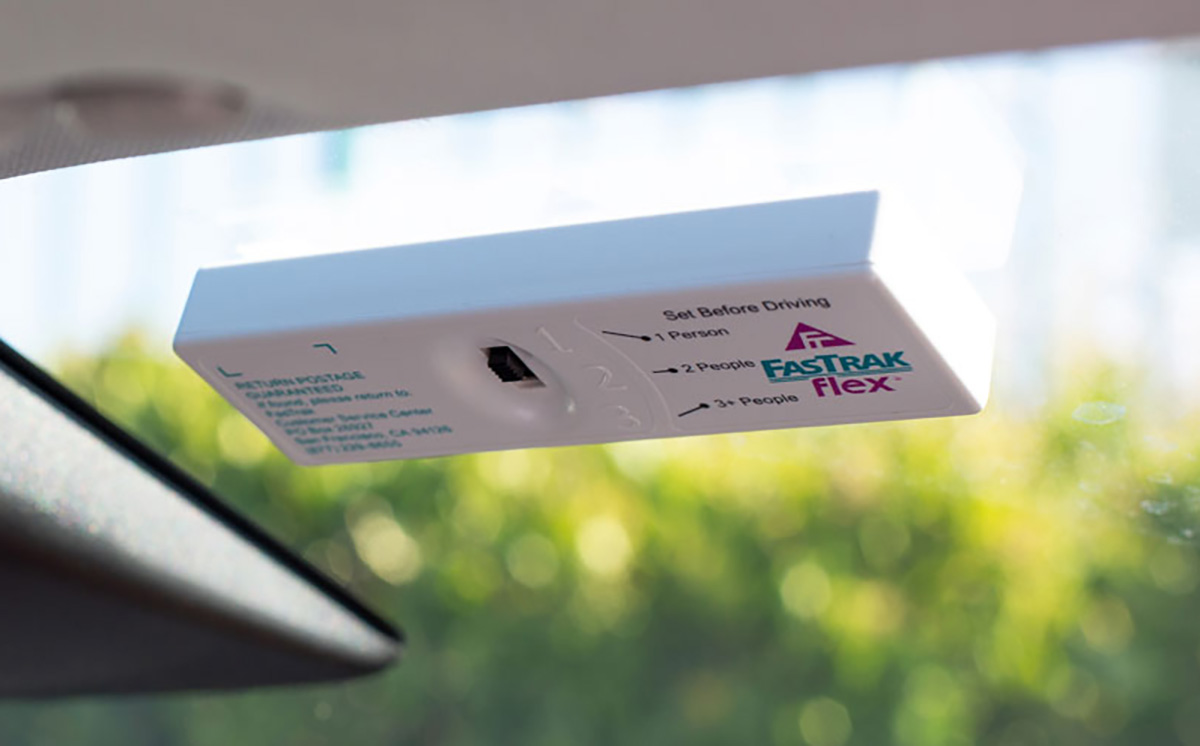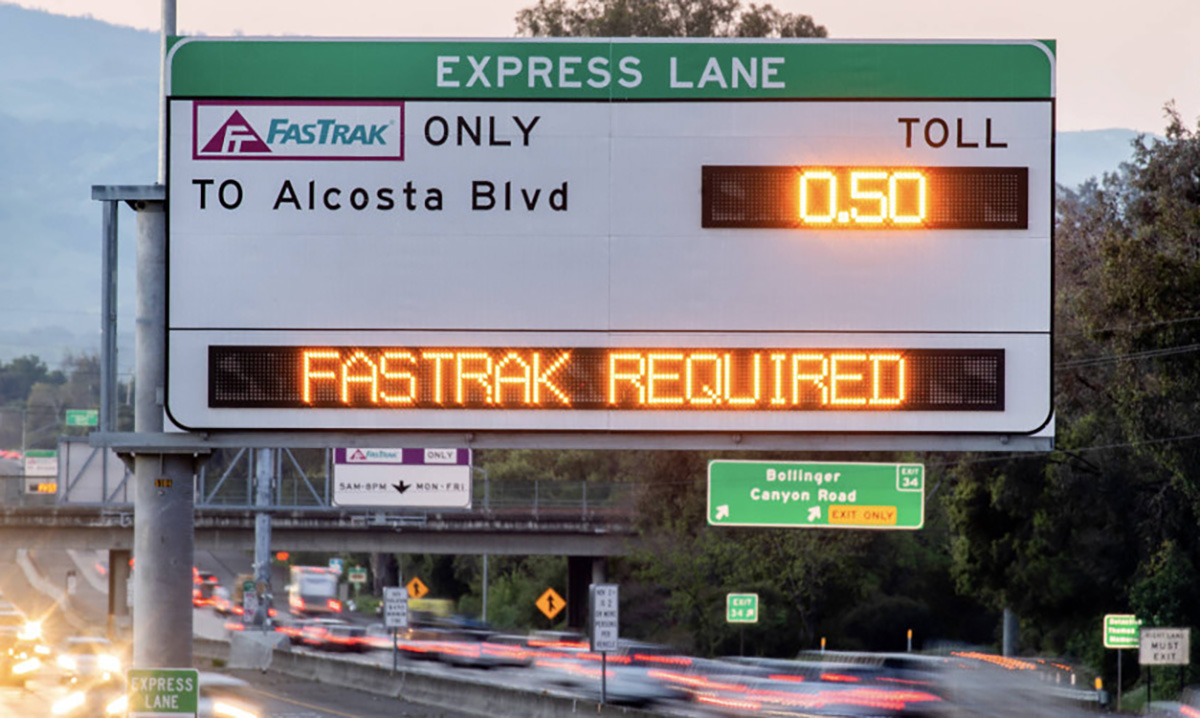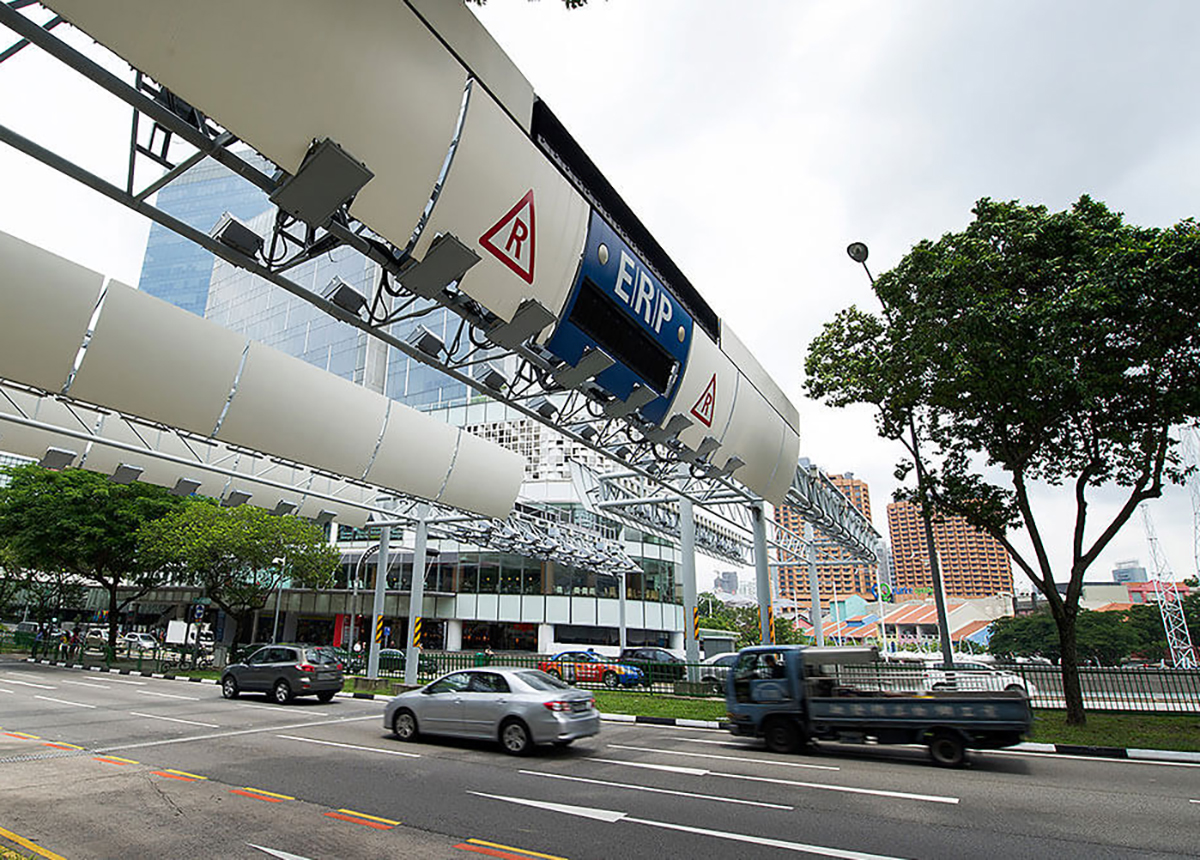“In Los Angeles, the toll rate is going by the hour which requires well-developed artificial intelligence,” he said. According to the minister, the system is able to control traffic by raising the toll in peak hours and giving discounts in off-peak hours. “Such practice shifts traffic volume from congested hours to off-peak hours and less congestion could result in more discounts.” “We can look into the framework for a possible flexible toll rate if we have the ITS integration, which can offer a dynamic range, promotes safer roads, and minimises environmental impact,” the minister said. “There are several elements of the ITS that can improve road network safety and this agenda is high in the ITS Blueprint.” In addition to dynamic toll pricing, the minister is also considering introducing a special lane facility for carpooling on highways, offering seamless toll-free passage to encourage vehicle sharing. Fadillah says this approach draws inspiration from US electronic toll collection (ETC) service known as FasTrak, which offers a dedicated toll tag for vehicle sharing known as FasTrak Flex. Highways in California offering this service have lanes which guide road users to dedicated Flex gateless checkpoints at toll plazas. FasTrak’s ETC system uses a combination of checkpoint scanners and in-vehicle transponders to wirelessly tag and charge road users without requiring them to stop. It’s worth noting that this approach is in line with the works ministry’s aim to introduce a multi-lane free flow (MLFF) toll system in Malaysia under its ITS Blueprint 2019 – 2023. Fadillah is optimistic that it will be executed smoothly by 2025 with effective enforcement and support from various agencies. Singapore is also using a similar toll system, known as Electronic Road Pricing (ERP), which was first introduced all the way back in 1998. When asked regarding potential toll evasion by abusing gateless checkpoints once the MLFF system is implemented, Fadillah says a surveillance system will be installed to identify offenders based on their vehicle’s licence plate. Violators will be sent a notice to pay the fines and tolls to the address associated with their vehicle registration and driver’s licence. “But to do that in Malaysia, the detection system must be excellent and the vehicle identity – namely its number plate – must be clear, while vehicle registration and user details must be precise,” he added. (Source: The Vibes)


